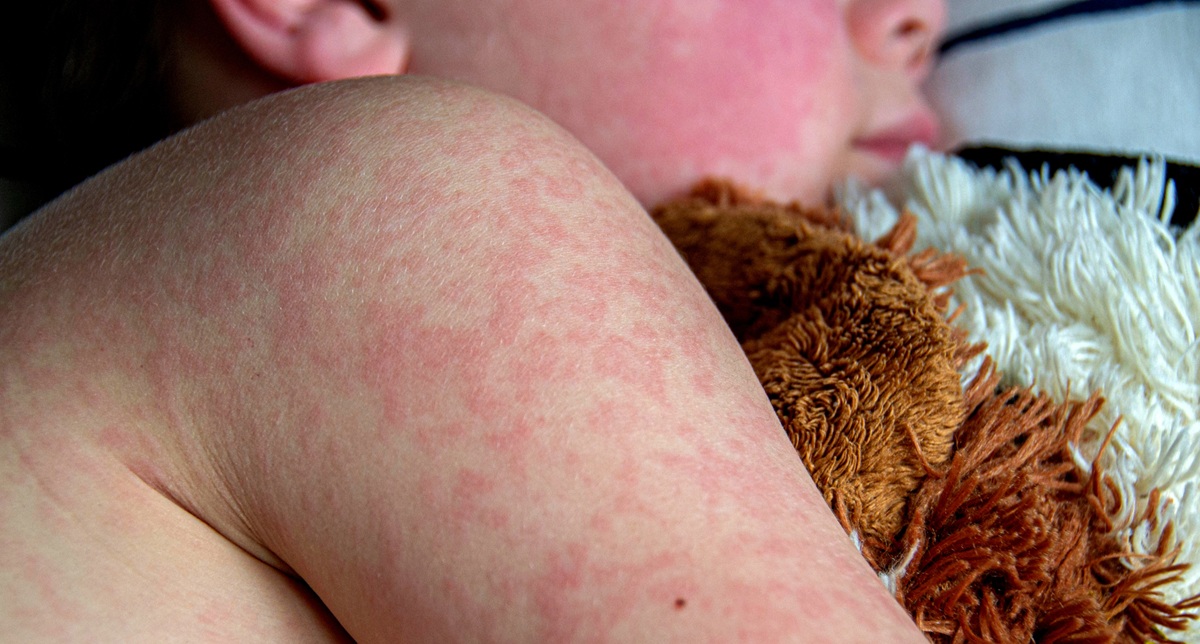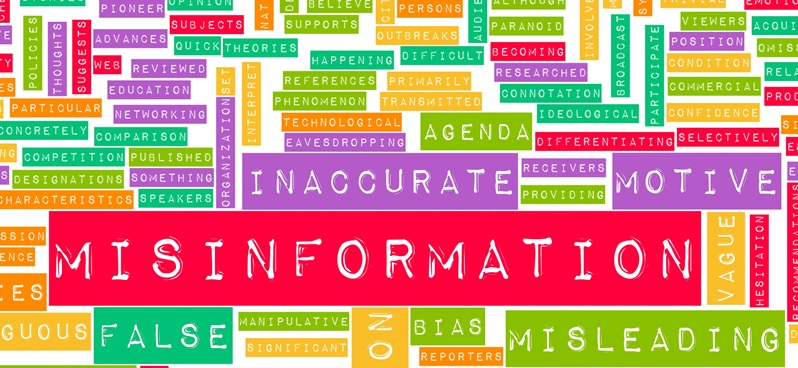November 14, 2025

Imagine opening an email from your regional public health authority – or perhaps you don’t have to imagine at all. Many of us with school-aged children in Ontario have received one recently, a stark reminder of how fragile our sense of safety can feel when public trust in preventive care begins to waver.
“Dear Parent/Guardian, child-care centres are places where vaccine-preventable diseases can spread… With measles circulating in Ontario, your child’s immunization status may be reviewed.”
It’s an unsettling message, not because it’s unexpected, but because it reflects the deeper fallout of eroded trust in our healthcare systems. When official communication falters, misinformation doesn’t just fill the silence, it multiplies within it.
In November 2025, Canada lost its measles “elimination” status after more than 12 months of sustained transmission across multiple provinces. Over 5,000 cases were reported this year alone, primarily in under-vaccinated communities. The Americas region, once declared measles-free, followed suit when the Pan American Health Organization (PAHO) announced a region-wide status loss.
Routine public-health communications couldn’t keep pace with growing vaccine-hesitancy. A void emerged, and a chorus of pop-culture figures, lifestyle influencers, and contrarian voices filled it. Misinformation flourished, and coverage rates slipped below the 95 % threshold necessary for herd immunity.
This story connects directly to our earlier analysis, The Trust Crisis: Examining Healthcare’s Credibility Collapse, where we explored how institutional credibility eroded during and after COVID-19, and why rebuilding it must be a national priority.

Our society invested decades in building vaccine-confidence systems, but those systems rely on clear, consistent, trust-building communication. When communications breakdown, the void doesn’t stay empty, it gets filled by voices that lack training, accountability, and data. That vacuum isn’t just unfortunate, it’s dangerous.
And it shows up in every corner of preventative care: infant immunizations, cervical-cancer screenings, men’s metabolic health, women’s muscle-aging research. In many cases, the barrier isn’t science, it’s how the science is communicated, how context is shared, and how trust is maintained.


A major factor underpinning this loss of trust is that millions of Canadians no longer have a family doctor. Without that longitudinal relationship, people increasingly rely on “trusted messengers”, the voices that feel familiar, empathetic, or accessible. During the pandemic, missteps by large agencies, inconsistent mask guidance, and oversimplified messaging around COVID vaccine transmission further eroded institutional credibility.
Public health can’t compete with misinformation by volume alone; it needs to rebuild trust through proximity and humanity. That means:
At the same time, social media companies like Meta have cut the very teams that once flagged disinformation, leaving unverified health claims and pseudoscience to run rampant online. When platforms abandon human oversight, public health has to step up its own storytelling game.

PHAC and other agencies must also acknowledge their own missteps. The early flip-flops on masks and the overly confident messaging that COVID vaccination would prevent infection (when it primarily reduced severe disease and transmission risk) were not trivial errors, they were fractures in credibility. Accountability and transparency are not admissions of weakness; they are the foundation of renewed trust.
We don’t need a new science; we need a new social contract for health communication, one built on transparency, cultural awareness, and the recognition that information only saves lives if it’s believed.
The next phase of health-care defensibility rests on communications that are:

My children are vaccinated, but my daughter is only two – too young for her second MMR dose, which she’ll receive at age four. That means she’s only about 85–95% protected. The letter was terrifying, not because I doubt the science, but because her safety now depends on others’ choices – on the growing gap between knowledge and trust.
That fear isn’t irrational; it’s a symptom of systemic stress, not individual failure. It reflects a public health infrastructure struggling to maintain confidence in the very tools that once made outbreaks like this unthinkable.

When health-care communications break down, the void they leave isn’t benign – it’s dangerous. Misinformation thrives where trust erodes, and we are now living the consequences. Canada’s measles resurgence is not just a viral outbreak; it’s a crisis of credibility. Preventive care depends as much on the strength of our communication as on the strength of our science.
Rebuilding trust is no longer optional; it’s the most urgent public health intervention of all. Our children deserve to grow up in a country where prevention, not panic, defines public health.